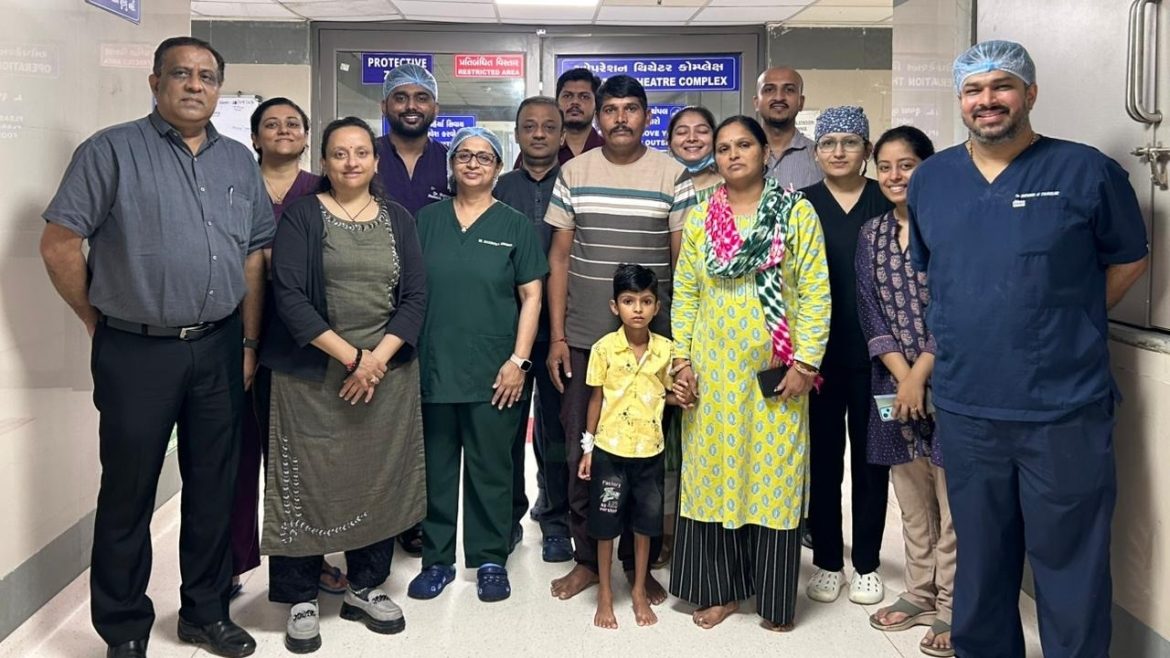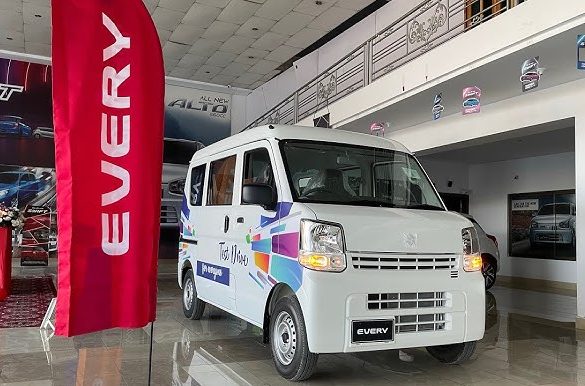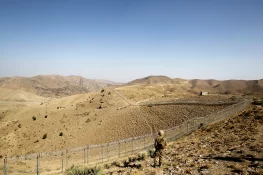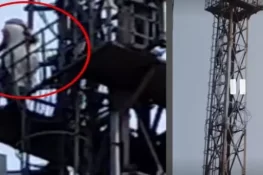Rare Surgical Procedure in Ahmedabad
AHMEDABAD, India – Doctors at a government hospital in Gujarat successfully removed a large mass of hair, grass, and a shoe lace from the stomach and intestines of a seven-year-old boy, in what medical experts describe as a highly unusual operation.
The boy, identified as Shubham, hails from Ratlam district in Madhya Pradesh. According to reports by The Times of India, he had been suffering from persistent abdominal pain, nausea, and weight loss for over two months. After local hospitals failed to provide an effective diagnosis, Shubham was referred to Ahmedabad’s Civil Hospital for specialized treatment.
Diagnosis Through Advanced Imaging
Upon arrival, doctors conducted a CT scan and endoscopy, which revealed the presence of non-digestible objects inside Shubham’s stomach. The imaging showed a dense cluster of hair entangled with grass and a shoelace, which posed significant health risks, including potential intestinal obstruction.
Dr. Anil Mehta, part of the surgical team, explained, “The foreign objects had formed a compact mass that could have caused severe complications if left untreated.”
Complex Surgery and Recovery
Shubham underwent a complex laparotomy, a procedure involving an incision into the abdominal cavity. Surgeons successfully removed the large hairball along with the shoe lace. Post-surgery, a follow-up dye test on the seventh day confirmed that Shubham’s stomach and intestines were clear of any remaining foreign material.
“His condition has improved considerably,” Dr. Mehta added. “He has been discharged and is expected to recover fully at home.”
Understanding Trichobezoar
Medical experts have identified Shubham’s condition as trichobezoar, a rare disorder in which individuals compulsively ingest hair or other indigestible materials. Over time, these materials accumulate in the stomach and form a dense mass.
Trichobezoar primarily affects children and adolescents and may be linked to psychological conditions such as trichotillomania—the urge to pull out one’s hair—and pica, the craving for non-food substances. Symptoms typically include:
-
Persistent abdominal pains
-
Nausea and vomiting
-
Loss of appetite
-
Weight loss
-
Constipation
While rare, the disorder can lead to severe digestive complications if not treated promptly, including obstruction, ulcers, or perforation of the gastrointestinal tract.
Importance of Early Detection
Doctors stress the need for parents to monitor unusual behaviors in children, especially signs of ingesting non-food items. Early detection is crucial to prevent serious complications and to provide timely medical and psychological support.
Dr. Mehta advised, “Parents should watch for persistent stomach pain, changes in eating habits, or the urge to eat non-food items. Early medical intervention can prevent surgical emergencies.”
Raising Awareness
Shubham’s case has drawn attention to the importance of mental health awareness and pediatric care in India. Hospitals across the country report occasional cases of trichobezoar, often requiring specialized surgical intervention. While rare, the disorder emphasizes the link between psychological conditions and physical health.
Experts recommend combining medical treatment with counseling to address underlying behavioral issues, ensuring long-term recovery and reducing the risk of recurrence.
Conclusion
The successful surgery in Ahmedabad highlights the importance of vigilance, early diagnosis, and comprehensive treatment in rare pediatric conditions. Shubham’s recovery demonstrates how prompt medical care can prevent potentially life-threatening complications from unusual disorders like trichobezoar.















